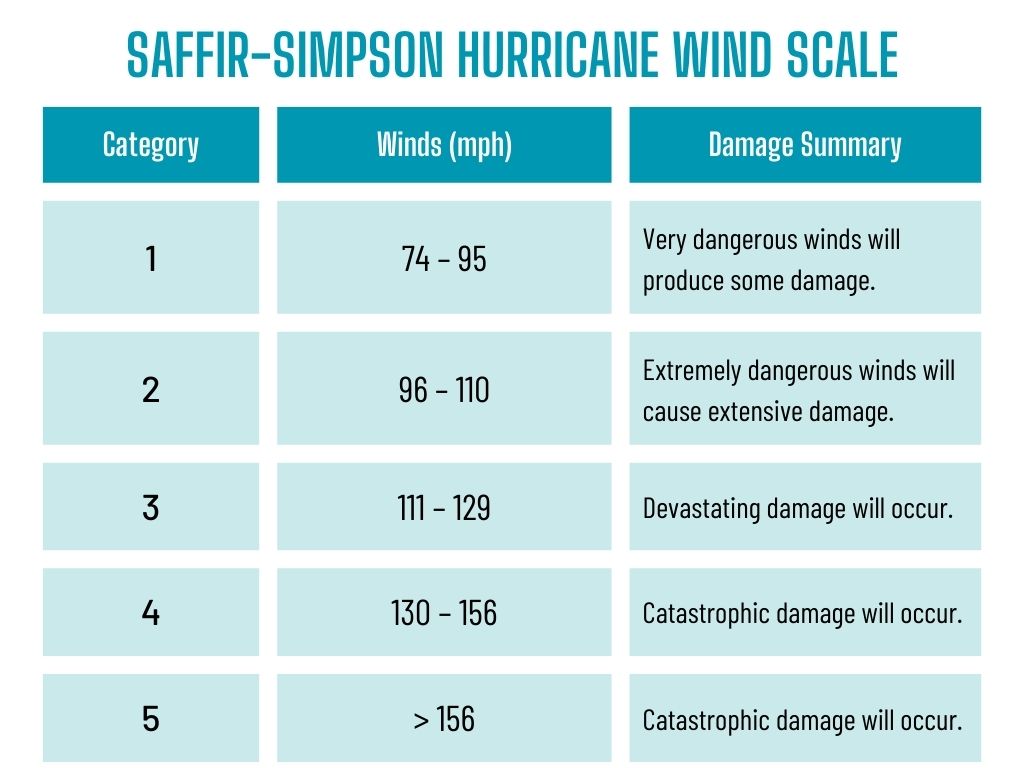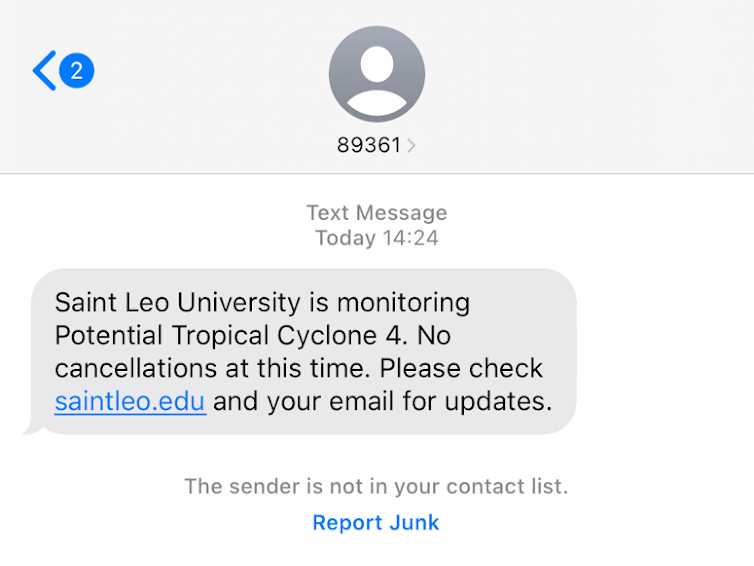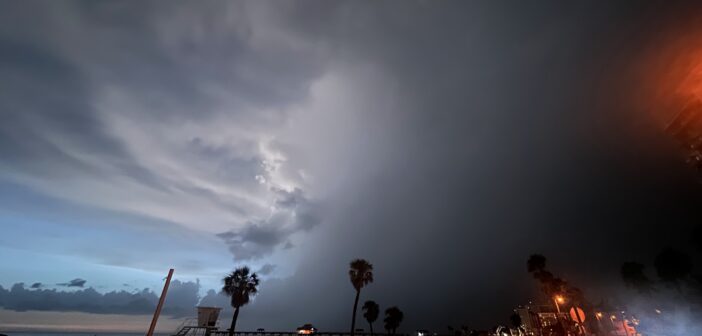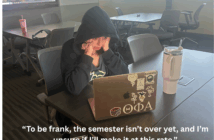By Emily Hernandez Dominguez, Managing Editor
As summer winds down and students prepare to return to campus, another season looms on the horizon—hurricane season. For Floridians, this period from June 1 to Nov. 30 brings not just the promise of summer storms, but the very real threat of hurricanes that can reshape lives and landscapes.
Florida is especially vulnerable to hurricanes. As of May 2023, Florida has been hit by 125 hurricanes in recorded history, more than any other state in the United States. The state is particularly susceptible to hurricanes due to its location on the Gulf Coast. The Gulf of Mexico’s warm, shallow waters and the cooler temperatures in the northwest panhandle can also contribute to hurricanes.
In the last five years, Florida has experienced significant destruction and devastation from these storms.
Tropical Storm Ian formed on Sept. 23, 2022 in the central Caribbean, and became a major hurricane by Sept. 26. It hit southwest Florida as a Category 4 storm, causing severe storm surge in the Fort Myers area, and briefly reached Category 5 strength, according to the National Hurricane Center. In the fall of 2023, Hurricane Idalia developed near the Yucatán Peninsula, rapidly intensifying into a major hurricane. It reached Category 4 strength before weakening slightly to Category 3 just before making landfall near Keaton Beach in Florida.

According to NOAA, of all recorded weather disasters in U.S. history, tropical cyclones have caused the most deaths and destruction.
Although no one can prevent these storms, preparation and education are key.
The Saffir-Simpson Hurricane Scale categorizes a hurricane based on its intensity at a given time. The scale classifies the storm on a scale of 1 to 5 based on wind velocity, central pressure, and storm surge height.
A common misconception in Florida is that some parts of the state do not get hurricanes. Since 1850, all of Florida’s coastline has been impacted by at least one hurricane. The southeast coastline is extremely susceptible to a land-falling hurricane, followed by the panhandle. Areas around Tampa, Jacksonville, and the Big Bend do not have as high a risk of a direct strike from a hurricane, but are still susceptible to landfall each year. Even if the hurricane makes landfall elsewhere in the state, the impacts can be felt hundreds of miles away.
As Saint Leo University gears up for the new academic year, it’s crucial to understand the impact of these powerful storms, how to prepare effectively, and how the university is taking proactive measures to safeguard its community.
At the Saint Leo campus, the staff’s main priority is safety for its students and residents. Ensuring that students’ personal cell phone numbers are up-to-date is crucial for sending out text updates.
Dr. Jen Shaw, Vice President of Student Affairs, and the Saint Leo team make sure the right steps are taken to protect students from storms.
“A lot happens before a storm is ever predicted,” Shaw said. “The university has an emergency team that begins meeting as soon as a storm starts to form to ensure we are ready for our response.”

As students start dorm shopping, buying storm essentials can help. Some great items to stock up on are an emergency kit, non-perishable food, bottled water, personal hygiene supplies, important documents, blankets, a portable power bank, and local contact information.
In addition, Shaw advises, “Students should have a plan to go home or to a friend’s house that is away from the coast. They should check their university email frequently for instructions and follow those.”
While the thought of a hurricane is not pleasant, Saint Leo students are at an advantage compared to other universities closer to the beach.
“Saint Leo is lucky in that we are far enough inland that we do not typically receive the worst of any storm. Our emergency operations are excellent!” Shaw said. “We have three shelters on campus in case a shelter scenario becomes necessary, although we try to be as flexible as possible with class attendance, so students can get home safely. We will communicate frequently, including through Everbridge, our emergency operations communication system. The university’s website is always the best source of current information about storm response.”
While hurricanes can be intimidating and out of our control, we can take proactive steps to be ready. Saint Leo is committed to ensuring the community is well-prepared as hurricane season approaches, and it’s never too late to get ready.





